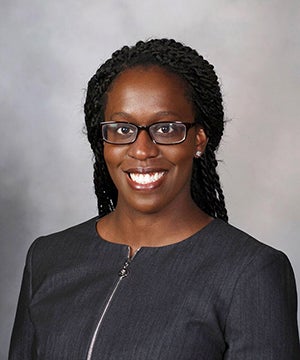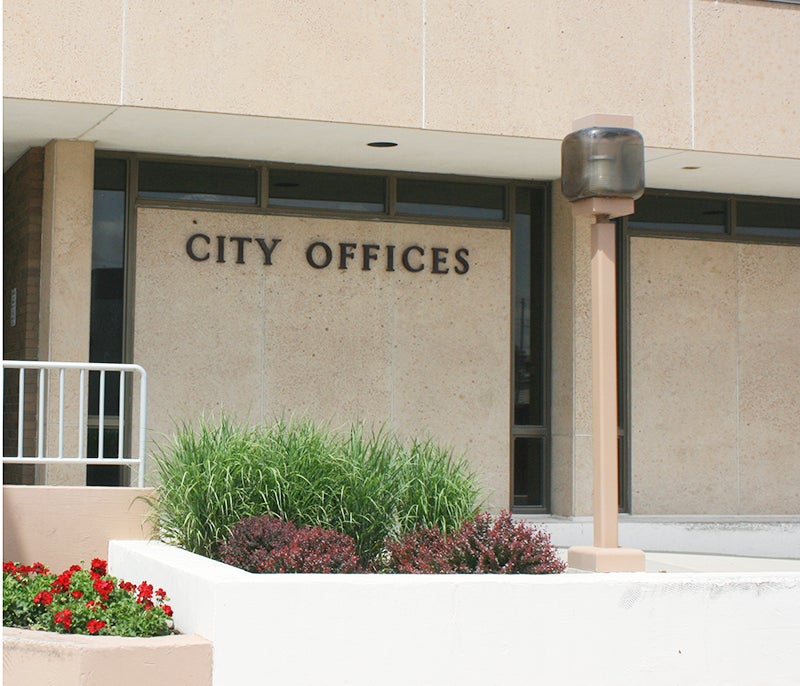Mayo pediatrician talks COVID, staying healthy in new school year
Published 9:00 pm Tuesday, August 23, 2022
|
Getting your Trinity Audio player ready...
|
Two years ago, schools closed for in-person learning. When some schools reopened the next fall (before there was a COVID-19 vaccine), they were left to follow the state’s safe learning program.
And once vaccines for children of all ages became available, educational instruction returned to something akin to pre-pandemic under certain guidelines.
But that does not mean everything is back to normal.
“I think for most families and most kids, everyone’s excited to head back to school but maybe a little bit anxious of kind of reintegrating with the routine of school, doing well enough in school as well as getting along with peers,” said Elizabeth Ojukwu, a pediatrician at Mayo Clinic Health System in Albert Lea and Austin.
One challenge Ojukwu sees with or without in-person learning: bullying. According to Ojukwu, that’s especially true in the age of social media that provide kids different ways to be bullied.
School performance, along with mental health, were the biggest issues Ojukwu was seeing among students. She saw them particularly around the start of a new school year.
She said while there was concern about viruses like COVID and now Monkeypox, there were recommended guidelines.
“There are certain guidelines with the recent pandemic that we should all take,” she said. “If we test positive, isolating ourselves, wearing masks … and trying to get vaccinated to protect not only [yourself] but others.”
And, she said, if everyone followed the guidelines there was no reason not to feel safe.
But there does not appear to be any new virus in the imminent future, though she noted that COVID would always remain a concern among health officials given how fast it initially spread and how dangerous it was pre-vaccine.
“The hope now with the vaccine is to protect as many children and adults as possible from the effects of getting COVID itself and any complications — any complications later on in life” Ojukwu said.
She was also optimistic that as more people learned about the vaccine and decided to get it, the less of a concern the virus would be.
Ojukwu pointed out the fact that people who had their flu shot were less likely to be hospitalized than those who did not get a yearly vaccine, and even those who were hospitalized were less likely to be severely sick and in need of intensive care.
So while the amount of COVID cases she has seen have been increasing recently, the number of patients she sees who were already vaccinated also increased. She’s also seeing patients who previously had the coronavirus.
“I think the biggest difference a year ago versus now is … the availability of the vaccine and having a significantly more proportion of the population vaccinated,” she said. “And then us also knowing more about COVID itself — how long it stays in the system, how long we should be masking, how long we should be isolating.”
The Albert Lea school district’s new policy requires students or staff who test positive to isolate for five days from the date of a positive test (or the first day of symptoms). If symptoms improve and the student/staff is fever-free for 24 hours without the use of medication, they will be allowed to return to school, though they are recommended to wear masks for an additional five days. For students deemed close contacts, parents or guardians can determine when to send their child back to school.
The fact COVID was becoming more manageable allowed health professionals like Ojukwu to get ahead of the virus, as well as any of its variants.
“We kind of have time on our side, time to learn about the virus, time to learn how it’s affecting our population, that we didn’t necessarily have a year ago,” she said. “Every month, every day, every moment we’re learning something new … that will help us stay well-prepared moving forward, or at least better-prepared than we were in the past.”
However, that did not mean COVID-19 would disappear and there would not be a pandemic in the future, she said.
“There’s always something that may come in the future,” she said. “I think it kind of depends on your geography. Other areas of the country are having polio outbreaks. We’ve had measles outbreaks, we’ve heard, in other parts of the country.”
Ojukwu also agreed it was fair for parents to be hesitant to have their child get a vaccine they did not know about, but said it was her job to then educate every parent and every child that’s developmentally appropriate about what the vaccines are, the purpose of the vaccines, the benefits and the risks so that whatever decision they make is an informed decision.”
For a complete list of recommended vaccines and a vaccination schedule, visit https://mcforms.mayo.edu/mc2800-mc2899/mc2824-07.pdf.
“All kids should be protected for all vaccines, and there are some vaccines where parents might think to ask us if they’re needed for school,” she said. “As a pediatrician we don’t really compartmentalize — or myself at least — I don’t really compartmentalize vaccines as needed for school versus not. I think about that child as a whole and trying to prevent them from any disease that’s out there, regardless if it’s on the school list of required vaccines or not.”






